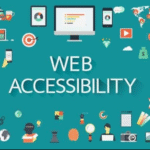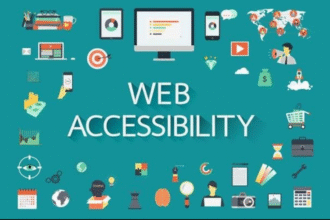For years, the web was primarily a platform for text and images. While interactive, it often lacked the raw graphical power for truly immersive, high-fidelity experiences common in native applications or video games. That’s changing rapidly with the evolution of client-side graphics technologies: WebGL and its powerful successor, WebGPU. These APIs are transforming the web browser into a sophisticated canvas for 3D graphics, advanced data visualizations, augmented reality (AR), and even complex simulations, all running directly in your browser.
WebGL: Unlocking 3D in the Browser
WebGL (Web Graphics Library) is a JavaScript API for rendering interactive 2D and 3D graphics within any compatible web browser without the need for plug-ins. It’s built on OpenGL ES, a standard for embedded systems, bringing hardware-accelerated 3D graphics directly to the web.
Before WebGL, creating complex 3D visuals on the web often meant relying on external plugins like Flash or Silverlight, which came with security risks and compatibility issues. WebGL democratized 3D by making it an intrinsic part of the browser. This paved the way for:
- Interactive Product Configurators: Visualize products in 3D before buying.
- Educational Tools: Explore complex scientific models.
- Data Visualization: Render intricate datasets in interactive 3D graphs.
- Browser-Based Games: Simpler games with rich visuals.
While WebGL provided a monumental leap, it also presented challenges. Its low-level nature means developers need to write a lot of boilerplate code to achieve complex scenes, and it can be less performant for highly demanding graphics tasks due to how it interacts with modern GPU architectures.
WebGPU: The Future of High-Performance Web Graphics
Enter WebGPU, the next-generation web graphics API designed to address WebGL’s limitations and unlock even more powerful capabilities. WebGPU offers:
- Modern GPU Access: Unlike WebGL, which is based on an older API, WebGPU is built on top of modern graphics APIs like Vulkan (Android/Linux), Metal (Apple), and DirectX 12 (Windows). This allows it to more efficiently harness the power of contemporary graphics hardware.
- Improved Performance: WebGPU provides more explicit control over the GPU, leading to significantly better performance for complex scenes, computations, and demanding workloads.
- Compute Shaders: A major advancement is the inclusion of compute shaders, which allow developers to use the GPU not just for rendering graphics, but for general-purpose parallel computation. This opens doors for advanced physics simulations, machine learning inference directly in the browser, and complex data analysis.
- Better Developer Experience: While still a low-level API, WebGPU aims to provide a more intuitive and flexible programming model compared to WebGL, making it easier for developers to manage graphics pipelines.
The Impact on Web Development:
WebGPU is poised to bring console-quality graphics and computational power to the web, blurring the lines between web applications and traditional desktop software. This will enable:
- AAA Browser Games: More sophisticated, graphically intensive games running directly in the browser.
- Advanced Scientific Visualizations: Real-time rendering of complex biological, chemical, or physics models.
- Robust AR/VR Experiences: Seamlessly integrate augmented and virtual reality directly into web applications without external software.
- High-Performance Web-Based Tools: Graphic design suites, video editors, and engineering tools that run entirely in the browser.
For web developers, understanding WebGL and, more importantly, preparing for WebGPU will be crucial for building the next generation of truly immersive and graphically rich digital experiences. The web is no longer just for documents; it’s rapidly becoming the universal platform for advanced visual computing.





